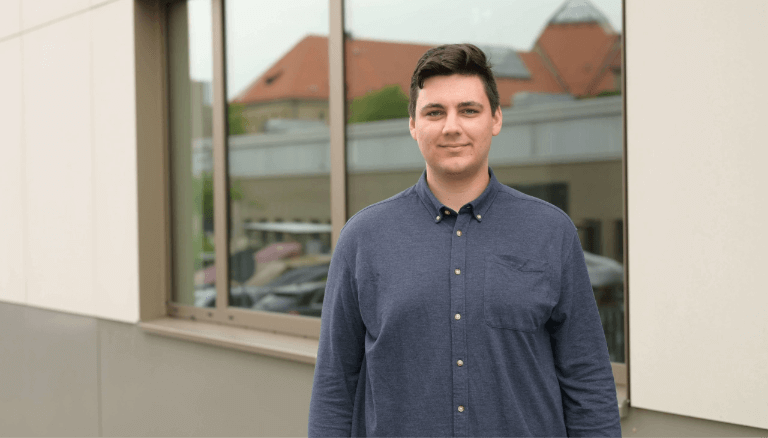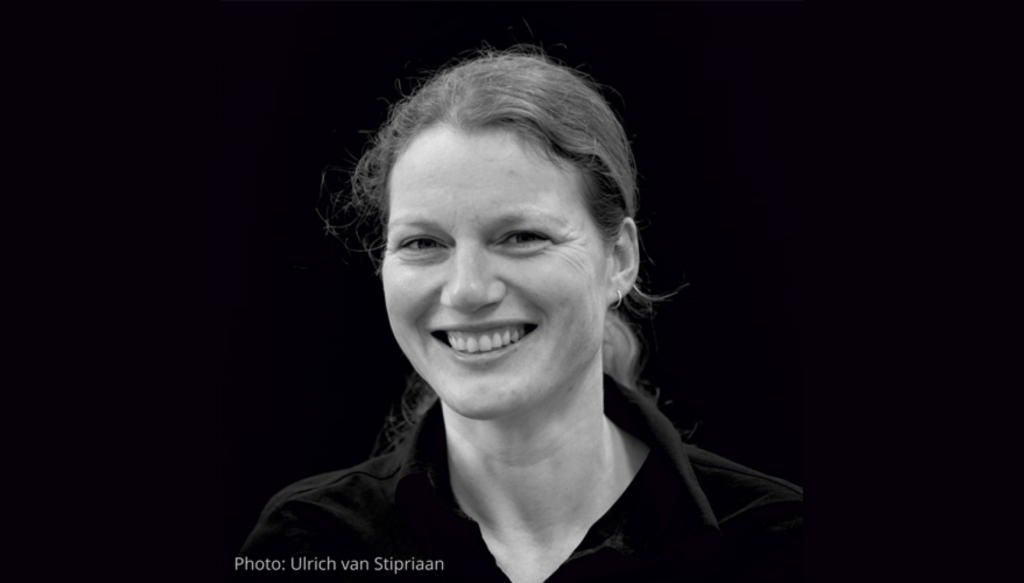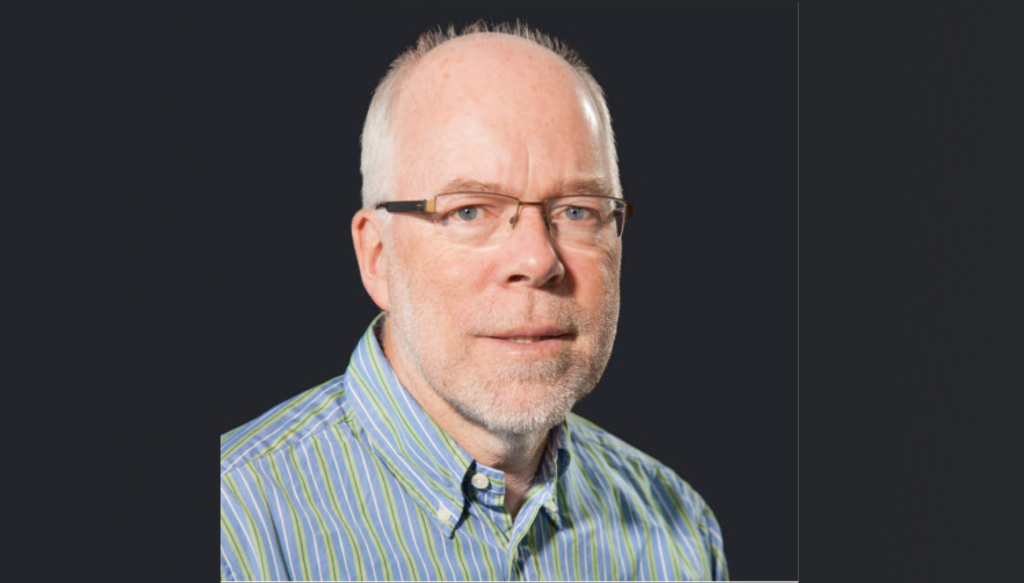Projects Overview A5/III Engineering model for calculation, design and construction of RC slabs strengthened against impact loading
A5/III Engineering model for calculation, design and construction of RC slabs strengthened against impact loading
Motivation
The resistance of steel-reinforced concrete (RC) slabs can be increased by layers of mineral matrices with embedded reinforcement fabrics and/or short fibres whereby even thin layers show a substantial increase of impact resistance [BE1, BE2]. Based on experiments, first models to describe the behaviour of subsequently strengthened RC slabs have been developed. A further understanding of the behaviour and a further development of the models is required to fully describe the mechanisms of strengthening layers for the increase of impact resistance of RC members and for its usage in construction and design. The overarching goal is to prevent perforation of RC members, to increase protective effect of RC members and to contribute ot human safety.
State of research and preliminary work
In the A5/I project, the principal way the strengthening with textile reinforced concrete (TRC) and/or fibre reinforcement such as strain hardening cement-based composites (SHCC) works was demonstrated [CU1, CU2]. Damage of slabs under impact was quantified and an engineering model was developed [CU3]. In order to fully prove the potential of the developed reinforcement concepts, further investigations and optimisations are necessary. Thus, the ongoing work in current project A5/II focusses on investigating how the effectiveness of the strengthening depends on the construction of the original RC slab. Above all, the question of how existing stirrup reinforcement influences the punching angle is essential [BE3, CU4]. Among other things, it was found that stirrup-reinforced slabs show a more concentrated, localised failure than slabs without stirrups. For that reason, it is hypothesised that strengthening of stirrup-reinforced slabs needs to be of higher performance than for non-stirrup-reinforced slabs if slab perforation is to be prevented.
In the A6/II project, various mineral materials have been investigated in order to be used as subsequently added damping layer at the impact-facing side of a RC slab [CU5]. Besides that, the behaviour of the bond between reinforcement steel and concrete under impact load was investigated and methods for its measurement and characterisation were analysed [BE5] in a preliminary work.
Scientific task and project goals
The objective for A5-III is subdivided into the following sub-questions and sub-objectives:
- Design and dimensioning of the strengthening layer depending on the existing construction and the expected impact load: A consolidating and comparative analysis of the results from cohorts I and II, i.e. from slabs of different existing constructions to be strengthened is done. Hence, a concept for designing and dimensioning of a strengthening layer is developed that allows the greatest possible increase in impact resistance for the respective construction.
- Uniting the two options of strengthening on the impact-facing and on the rear side of the slab facing based on the projects A5/I, A5/II and A6/II: Merging both strengthening options into the engineering design model to be created also provides the possibility to strengthen existing slab constructions on one or/and two sides.
- Development of recommendations for suitable materials for the reinforcement and the cementitious matrix of the strengthening layer: Based on the results of the analysis, suitable materials are selected (e.g. SHCC, carbon reinforced concrete, specially developed textile reinforcement) and recommendations for strengthening layers are developed.
- Calculation of strengthened structures by means of an engineering model (3-mass oscillator or similar): A design model is developed which includes the original construction and the strengthening. Strengthening options on the impact-facing side and the rear side are combined in the model. A hypothesis is created and transferred to the design model in order to calculate the load-bearing behaviour of a structure strengthened on one or both sides.
- Validation calculation and model by exemplary experiments. The design model or the developed hypothesis for the calculation of one- or two-sided strengthened structural components is checked by means of validation experiments.
Interaction with other projects of Cohort III
A close interaction is planned with project C1. This focusses on measurement of damage and fragmentation, e.g., fragment shape, and on analysis of motion. Close interaction is also planned with project A6 regarding the drop tower tests. Continuing the interaction of cohort I and II, a cooperation with A1 (3D-textiles), A3/4 (SHH-Matrix) is planned. Sustainability is discussed together with C2. To link the experimental investigations with numerical ones, data are exchanged and structural behaviour is discussed with projects B1, B3, B4.
Literature
[CU1] Hering, M.; Scheerer, S.; Curbach, M.; Vo, D. M, P.; Sennewald, C.; Cherif, C.; Liebold, F.; Maas, H.-G.; Qinami, A.; Steinke, Chr.; Fuchs, A.; Kaliske, M.; Curosu, I.; Mechtcherine, V.: Impaktsicherheit von Baukonstruktionen durch mineralisch gebundene Komposite: Bauteilebene. Beton- und Stahlbetonbau 116 (2021) 1, S. 58-67
[CU2] Figueiredo, T. C. S.P.; Curosu, I.; Gonzáles, G. L.G.; Hering, M.; Silva, F. de A.; Curbach, M.; Mechtcherine, V.: Mechanical behavior of strain-hardening cement-based composites (SHCC) subjected to torsional loading and to combined torsional and axial loading. Materials and Design 198 (2021) 109371, S. 15
[CU3] Hering, M.; Bracklow, F.; Scheerer, S.; Curbach, M.: Reinforced Concrete Plates under Impact Load – Damage Quantification. Materials, Special Issue “Mineral-Bonded Composites for Enhanced Structural Impact Safety” 13 (2020) 20, 4554, 13 S.
[CU4] Bracklow, F.: Rückseitige Verstärkung von Stahlbetonplatten unter Impaktbeanspruchung. In: Prof. Dr.-Ing. Dr.-Ing. E.h. Manfred Curbach, Prof. Dr.-Ing. Steffen Marx, Prof. Dr.-Ing. Viktor Mechtcherine (Hrsg.): Beiträge zum 61. Forschungskolloquium mit 9. Jahrestagung des DAfStb : 26. / 27. September 2022 Technische Universität Dresden., 2022 – URL: https://doi.org/10.25368/2022.373
[CU5] Leicht, L.: Charakterisierung von mineralisch gebundenen Kompositen zur Impaktdämpfung. In: Prof. Dr.-Ing. Dr.-Ing. E.h. Manfred Curbach, Prof. Dr.-Ing. Steffen Marx, Prof. Dr.-Ing. Viktor Mechtcherine (Hrsg.): Beiträge zum 61. Forschungskolloquium mit 9. Jahrestagung des DAfStb : 26. / 27. September 2022 Technische Universität Dresden., 2022 – URL: https://doi.org/10.25368/2022.372
[BE1] Beckmann, B.; Hummeltenberg, A.; Weber, T.; Curbach, M.: Concrete under high strain rates: Local material and structure response to impact loading. International Journal of Protective Structures 2 (2011) 3, S. 283-294.
[BE2] Batarlar, B.; Hering, M.; Bracklow, F.; Kühn, T.; Beckmann, B.; Curbach, M.: Experimental investigation on reinforced concrete slabs strengthened with carbon textiles under repeated impact loads. Structural Concrete 22 (2021) 1: 120–131.
[BE3] Beckmann, B.; Hummeltenberg, A.; Weber, T.; Curbach, M.: Strain Behaviour of Concrete Slabs under Impact Load. Structural Engineering International 22 (2012) 4, p. 562-568.
[BE4] Bracklow, F.; Hering, M.; Beckmann, B.; Curbach M.: Impact Experiments on Differently Reinforced Concrete Plates. In: Proc. of the 26th Int. Conf. on Structural Mechanics in Reactor Technology (SMiRT 26), 10.-15.07.2022 in Berlin/Potsdam, 2022
[BE5] Leicht, L.; Beckmann, B.; Curbach, M.: Influences on the structural response of beams in drop tower experiments. Civil Engineering Design 3 (2021) 5-6, S. 192-209.
Contributors

© Dominik Junger
Doctoral Researcher
DIPL.-ING. NICHOLAS UNGER
Institute of Concrete Structures
Technische Universität Dresden,
ABS, Room 07-001
August-Bebel-Straße 30/30A
01219 Dresden
Germany
- nicholas.unger@tu-dresden.de
- +49 351 463 32005
- +49 351 463-37289

Principal Investigator
apl. Prof. Birgit Beckmann
Institute of concrete structures
ABS, Floor 05, Room 027
August-Bebel-Straße 30/30A
01219 Dresden
Germany
- Birgit.Beckmann@tu-dresden.de
- Institute
- +49 351 463 38687
- +49 351 463 37289

in cooperation with
Prof. Dr. habil. Hans-Gerd Maas
Institute for Photogrammetry and Remote Sensing
Helmholtzstraße 10
01069 Dresden
Germany
- hans-gerd.maas@tu-dresden.de
- Institute
- +49 351 463 32859
- +49 351 463 37266

